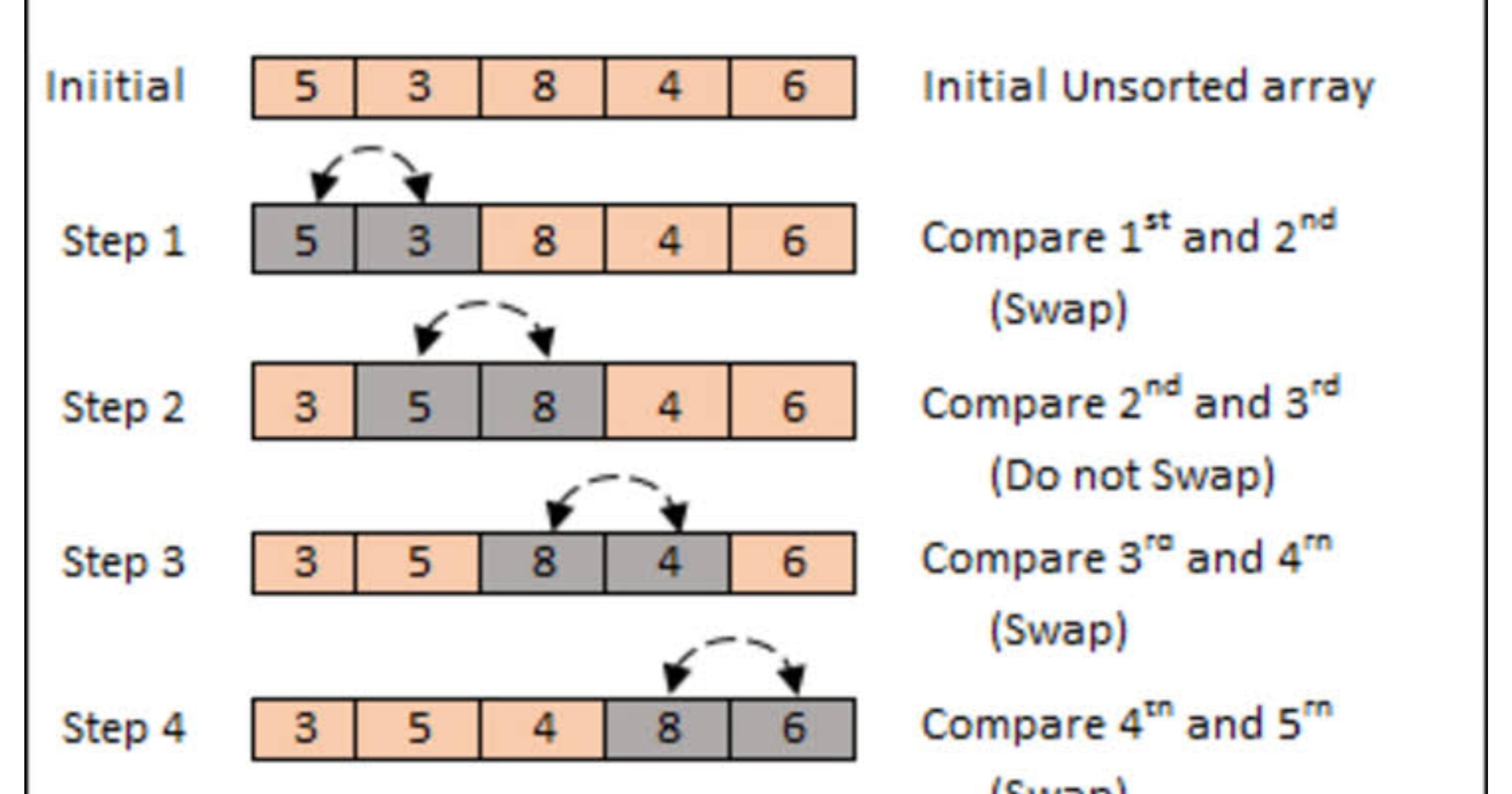Mastering Arrays in Java: Unleashing the Power of Searching and Sorting
 Arnab Bhowmik
Arnab Bhowmik
Welcome back to our ongoing journey through the world of arrays in Java! In this blog post, we will continue exploring the fascinating realm of arrays and delve into two important topics: searching and sorting. Searching allows us to find specific elements within an array efficiently, while sorting enables us to arrange the elements in a desired order. These concepts are fundamental in algorithmic problem-solving and will significantly enhance your array manipulation skills. So, let's dive in and uncover the techniques and algorithms that will empower you to conquer searching and sorting challenges in Java arrays.
In the previous blog post, we covered the basics of arrays, including declaration, initialization, and various operations. We also touched upon array manipulations such as accessing and modifying elements, as well as iterating and copying arrays. If you missed it, be sure to catch up to solidify your foundation in arrays.
Now, armed with this knowledge, we are ready to take the next steps in mastering arrays. In the following sections, we will explore searching algorithms, starting with the simple yet effective linear search, and then move on to sorting algorithms, beginning with the bubble sort. Along the way, we will examine their implementations, understand their time complexity, and discuss best practices.
1.Searching in Arrays.
Searching for a specific element within an array can be accomplished using different algorithms. The two main searching algorithms are:
1.Linear search:
Linear search is a straightforward algorithm used to find a specific element within an array. It sequentially checks each element from the beginning of the array until a match is found or the entire array is traversed. This search technique is simple to implement, making it ideal for small or unsorted arrays. However, its time complexity is linear, meaning the search time increases proportionally with the array size. By iterating through each element, the linear search algorithm performs a comprehensive scan, making it reliable for finding elements regardless of their order.
2.Binary Search:
Binary search is a highly efficient search algorithm commonly used for sorted arrays. It works by repeatedly dividing the search space in half until the target element is found or determined to be absent. By comparing the target element with the middle element of the array, binary search eliminates half of the search space in each iteration. This logarithmic time complexity makes it an excellent choice for large arrays, enabling fast retrieval of elements. However, it requires the array to be sorted beforehand, making it unsuitable for unsorted data.
Let's look into the Algorithms to get a better understanding:
1.Linear Search Algorithm- GitHub
In the linearSearch() method, we iterate through each element of the array and check if it matches the target value. If a match is found, the index of the element is returned. If the entire array is traversed without finding a match, -1 is returned to indicate that the element was not found.
In the main() method, we create an array of numbers and specify the target element we want to search for. The linearSearch() method is then called, and the returned index is used to display whether the element was found or not.
2.Binary Search Algorithm - GitHub
In the binarySearch() method, we initialize two pointers, low and high, representing the lower and upper bounds of the search space. We then repeatedly calculate the middle index, mid, and compare the target element with the middle element of the array. Based on the comparison, we update the pointers to either discard the left or right half of the search space until the target element is found or the search space is exhausted.
In the main() method, we create an array of numbers, which must be sorted beforehand for binary search to work correctly. We specify the target element we want to search for and call the binarySearch() method. The returned index is used to display whether the element was found or not.
2.Sorting in Arrays:
Sorting arranges the elements of an array in a desired order. It improves data retrieval, enables efficient searching, and optimizes algorithm performance. Popular sorting algorithms in Java include bubble sort, selection sort, insertion sort, merge sort, quicksort, and heapsort.
In this blog post, we will delve into the popular bubble sort algorithm and explore its implementation in detail. We will unravel the inner workings of bubble sort and understand its time complexity.
Bubble sort:
Bubble sort is a simple sorting algorithm that repeatedly steps through the array, comparing adjacent elements and swapping them if they are in the wrong order. The process continues until the entire array is sorted. It gets its name because smaller elements "bubble" to the top of the array with each iteration. While bubble sort is easy to understand and implement, it is not efficient for large arrays due to its quadratic time complexity. However, it serves as a good introductory algorithm to understand the basics of sorting.
Bubble sort Algorithm - GitHub
In conclusion, we have explored the fundamentals of the bubble sort algorithm, a simple yet important sorting technique. Bubble sort provides a clear illustration of how elements can be sorted by comparing and swapping adjacent values. While it is straightforward to understand and implement, bubble sort is not the most efficient algorithm for large arrays due to its quadratic time complexity.
In our next blog post, we will continue our exploration of sorting algorithms and delve into more efficient techniques, such as selection sort, insertion sort, and beyond. These algorithms build upon the principles of bubble sort and provide improved performance for larger datasets. Stay tuned for an in-depth understanding of these sorting methods and their practical implementations.
Remember, mastering sorting algorithms is a crucial skill for any programmer, as it allows for efficient data organization and optimization in various applications. So, continue your learning journey and unlock the power of sorting algorithms to conquer array manipulation challenges with confidence.
Subscribe to my newsletter
Read articles from Arnab Bhowmik directly inside your inbox. Subscribe to the newsletter, and don't miss out.
Written by

Arnab Bhowmik
Arnab Bhowmik
Noob programmer & problem solver.